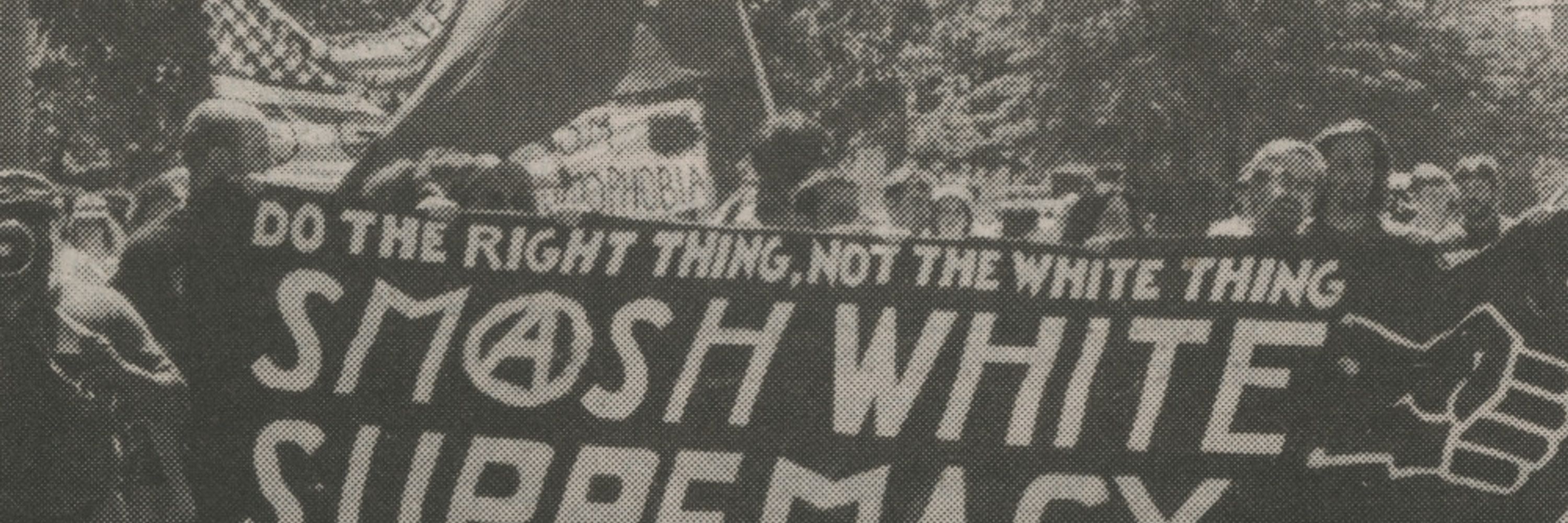Spencer Beswick
Anarcho-Historian & Bookmonger at PM Press. Currently teaching at Cornell. I write about anarchism in the late 20th century.
DIY OR DIE! Do-It-Yourself, Do-It-Together & Punk Anarchismpmpress.org Jim Donaghey, Will Boisseau and Caroline KaltefleiterEssays on DIY's basis in action and doing, its emphasis on freedom of expression, its ties to material and cultural production, and its blurring of...
DIY OR DIE! Do-It-Yourself, Do-It-Together & Punk Anarchismpmpress.org Jim Donaghey, Will Boisseau and Caroline KaltefleiterEssays on DIY's basis in action and doing, its emphasis on freedom of expression, its ties to material and cultural production, and its blurring of...
DIY OR DIE! Do-It-Yourself, Do-It-Together & Punk Anarchismpmpress.org Jim Donaghey, Will Boisseau and Caroline KaltefleiterEssays on DIY's basis in action and doing, its emphasis on freedom of expression, its ties to material and cultural production, and its blurring of...
